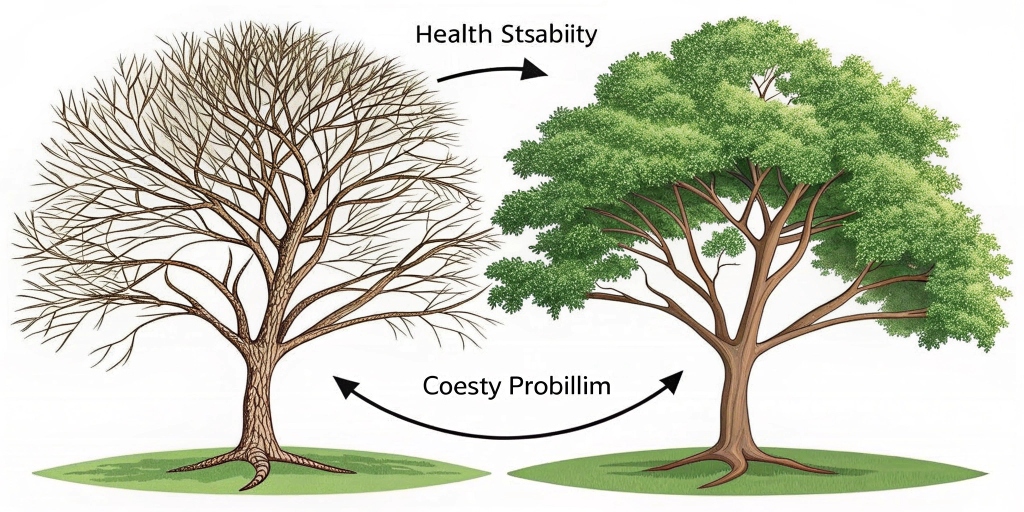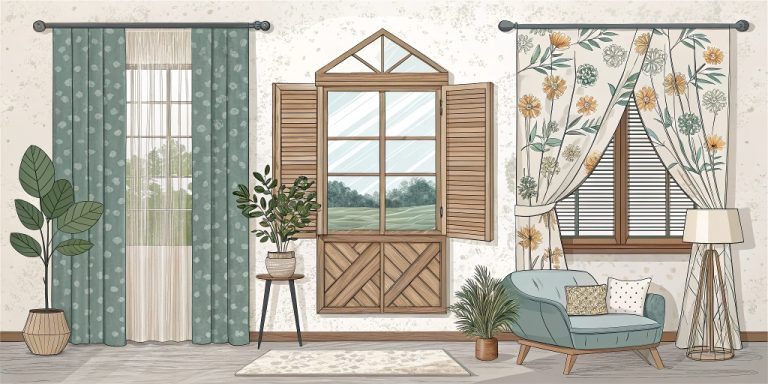
Why Improper Tree Trimming Can Lead to Costly Problems
Tree trimming is an essential component of property maintenance, crucial for both the safety of your landscape and the longevity of your trees. While it might be tempting to overlook regular care or attempt DIY trimming, doing so improperly can rapidly spiral into expensive troubles. For residents seeking professional help, hiring an arborist Trophy Club ensures trees are managed safely, efficiently, and with long-term results in mind.
Improper techniques or neglect often cause hidden problems that become apparent only when damage or hazard arises, demanding attention and costly solutions. Understanding the risks behind poor tree trimming practices can save property owners time, money, and peace of mind.
Structural Damage to Property
When branches grow unchecked, they may extend dangerously close to homes, garages, and outbuildings, setting the stage for property damage during storms. Wind or heavy rain can snap overextended limbs, sending them crashing onto roofs, windows, and gutters. Even without a storm, branches that rub against roofing or siding may scratch surfaces, wear down protective barriers, or even crack window glass over time.
- Scratching or breakage of windows due to branch friction.
- Roof tiles or shingles compromised by falling limbs.
- Gutters are blocked by accumulating debris, leading to water overflow and interior dampness.
Routine trimming by knowledgeable professionals maintains a safe space between trees and structures, providing valuable protection from these costly scenarios.

Increased Risk of Fallen Branches
Dead or weakened branches are a silent threat, often going unnoticed until they suddenly fall, risking injury or property damage. Weather events like high winds, thunderstorms, or snow loads further elevate the danger, as compromised limbs cannot withstand stress. Even healthy-looking trees may harbor internal weaknesses that only a trained eye can properly assess.
- Potential harm to family members, guests, or pets.
- Damage to outdoor surfaces and amenities, including driveways, vehicles, and patios.
- Legal liability for injuries or accidents on your property due to neglect.
Regular inspection and trimming by certified tree surgeons can address these hidden dangers before they result in emergencies.
Poor Lawn and Garden Health
Dense tree canopies that are not thinned out effectively block sunlight and airflow, suppressing the healthy growth of grass, shrubs, and flowers beneath. In shaded areas, lawns often become bare and patchy, while garden plants may struggle to thrive. Limited sunlight and persistent moisture also encourage moss, algae, and fungal growth on the ground and tree trunks.
- Bare, thinning grass and declining curb appeal.
- Struggling ornamental or flowering plants due to reduced sun exposure.
- Increased prevalence of moss and fungal infestations at the base of trees.
Crown thinning restores balance by letting light penetrate, invigorating lawns and gardens, and enhancing your property’s appearance.
Pest and Disease Infestations
Neglect or poorly performed trimming leaves trees especially vulnerable to pests and diseases. Thick, overgrown foliage creates a sheltered environment for various insects and harmful fungi. Once established, these problems may quickly spread to other parts of the landscape, threatening the affected tree and neighboring plants.
- Aphids: Small sap-sucking insects that weaken foliage and spread viruses.
- Honey fungus: A persistent root disease that kills mature trees and shrubs.
- Oak processionary moth: Defoliates oak trees and poses direct health hazards to humans and pets through toxic hairs.
As part of a health-focused tree management plan, removing affected and overgrown branches cuts off the lifeline to many of these pests and pathogens.
Expensive Emergency Tree Removal
Neglecting routine tree care can necessitate emergency removals when structural problems become severe. Emergency removal services are not only difficult to schedule at short notice but also significantly more expensive than preventive trimming. This is especially true if a tree’s instability or a fallen branch has caused direct damage.
- Trees left to lean or split dangerously can collapse without warning.
- Large or awkwardly placed limbs breaking off may compromise nearby structures.
- Underlying rot or decay progresses until tree removal is the only safe option.
Early intervention and periodic assessment dramatically decrease the need for drastic, high-cost solutions. This proactive approach prevents sudden disruptions, insurance claims, and emergency fees.
Conclusion
The consequences of improper or neglected tree trimming are far-reaching, from direct damage to property and increased safety hazards to negative impacts on your lawn’s vitality and susceptibility to pest outbreaks. By prioritizing expert tree care and regular maintenance, you not only shield your home and landscape from unexpected repairs but also preserve the beauty and health of your outdoor space for years to come.



Average Rating